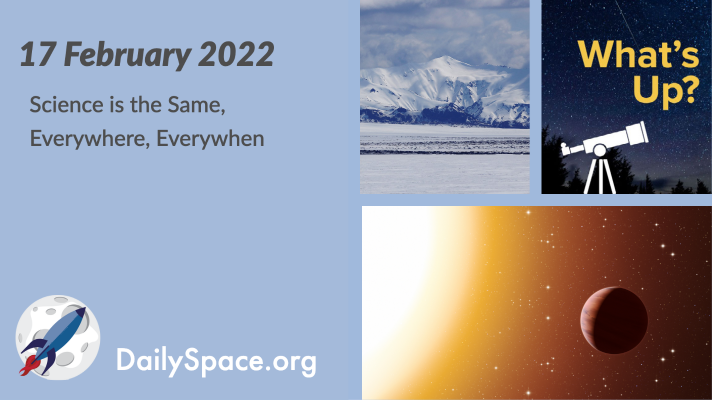
Feb 18, 2022 | Climate Change, Daily Space, Earth, Exoplanets, Galaxies, Sky Watching, Stars, Supermassive Black Holes
Today, we bring you stories proving that we do understand some things, like black holes, and that we have forgotten other things, like that the Earth’s crust can sag under the weight of ice. It’s all a lot more complicated than we like to think. But it sure is pretty, and when the science makes your head hurt, our What’s Up segment will fill your eyes with some beauty.
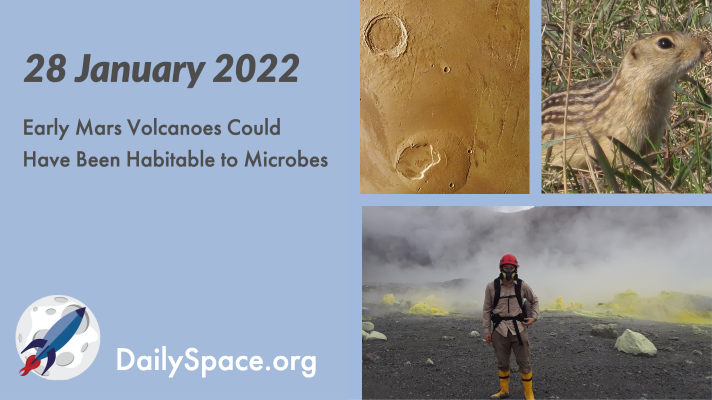
Jan 29, 2022 | Asteroids, Astrobiology, Climate Change, Crewed Space, Daily Space, Earth, Exoplanets, Mars, Physics, Science
A research team studying the Poás volcano in Costa Rica, a potential analog for early Mars conditions, finds microbes surviving in extremely harsh conditions. Plus, table-top matter-antimatter experiments, an exoplanet’s complex atmosphere, and how snails and squirrels can help us understand space.
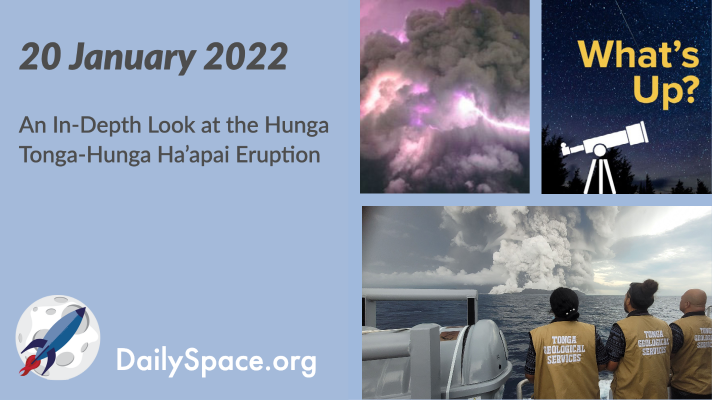
Jan 21, 2022 | Asteroids, Climate Change, Daily Space, Earth, Sky Watching
The Hunga Tonga-Hunga Ha’apai volcano in the Kingdom of Tonga erupted on January 15, and despite communications being cut off, government officials and scientists have gathered a wealth of information about the event and its outcome so far. Plus, urban heat islands, volcanic lightning, and What’s Up.
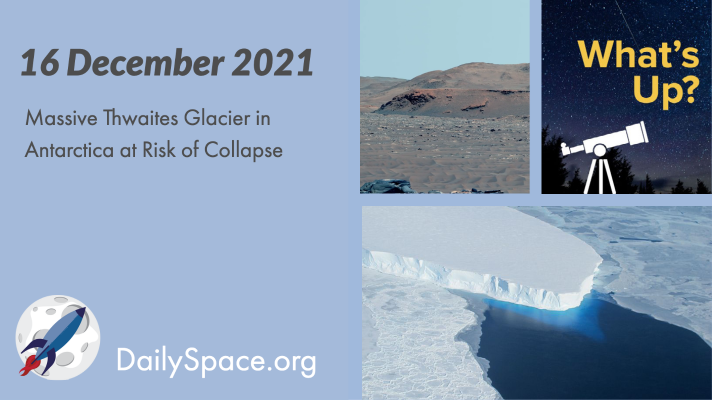
Dec 17, 2021 | AGU, Climate Change, Curiosity, Daily Space, Earth, Mars, Our Solar System, Perseverance, Rovers, Sky Watching, Star Forming Region, The Sun, Venus
A team of scientists collected cores and modeled ice cliff failure and found that Thwaites Glacier in Antarctica is melting more quickly than ever and could be at risk of collapse, threatening global coastlines with almost a meter of sea-level rise. Plus, new results from Percy, and this week’s What’s Up.
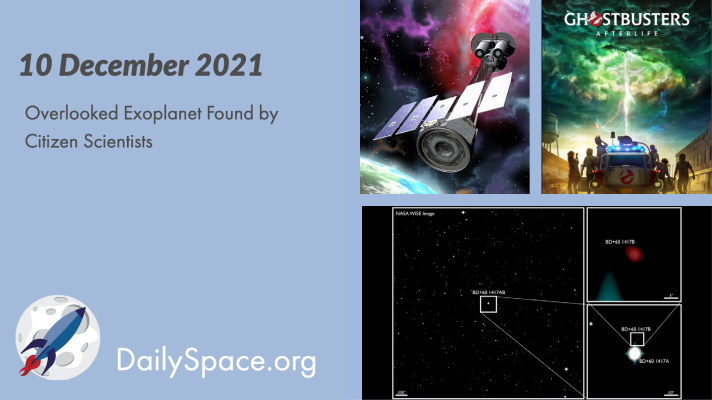
Dec 13, 2021 | Brown Dwarf, Citizen Science, Climate Change, Daily Space, Earth, Exoplanets, Milky Way, Review, Rockets, Spacecraft, SpaceX, Supermassive Black Holes
Using data provided by the Backyard Worlds: Planet 9 citizen science project, volunteers found a possible large planet or brown dwarf orbiting its star at a distance of more than 1,600 astronomical units. Plus, NASA launches the Imaging X-ray Polarimetry Explorer, and we review Ghostbusters: Afterlife.

Nov 10, 2021 | Climate Change, Crewed Space, Daily Space, Earth, ESA, Exoplanets, JAXA, SpaceX, Stars
After a bit of a scare, the aging Hubble Space Telescope has once again resumed its science operations with the ACS instrument brought back online. Plus, Landsat 9 released its first images and the Crew 2 Dragon splashed down safely. Then we interview Dr. Rosanne Di Stefano from the Center for Astrophysics about the potential discovery of the first extragalactic planet.








 We record most shows live, on Twitch. Follow us today to get alerts when we go live.
We record most shows live, on Twitch. Follow us today to get alerts when we go live.